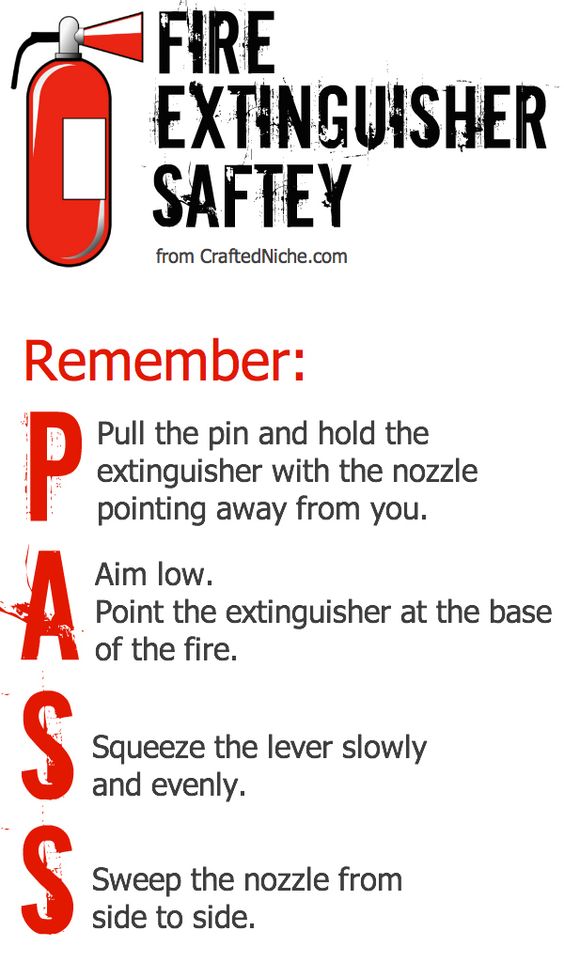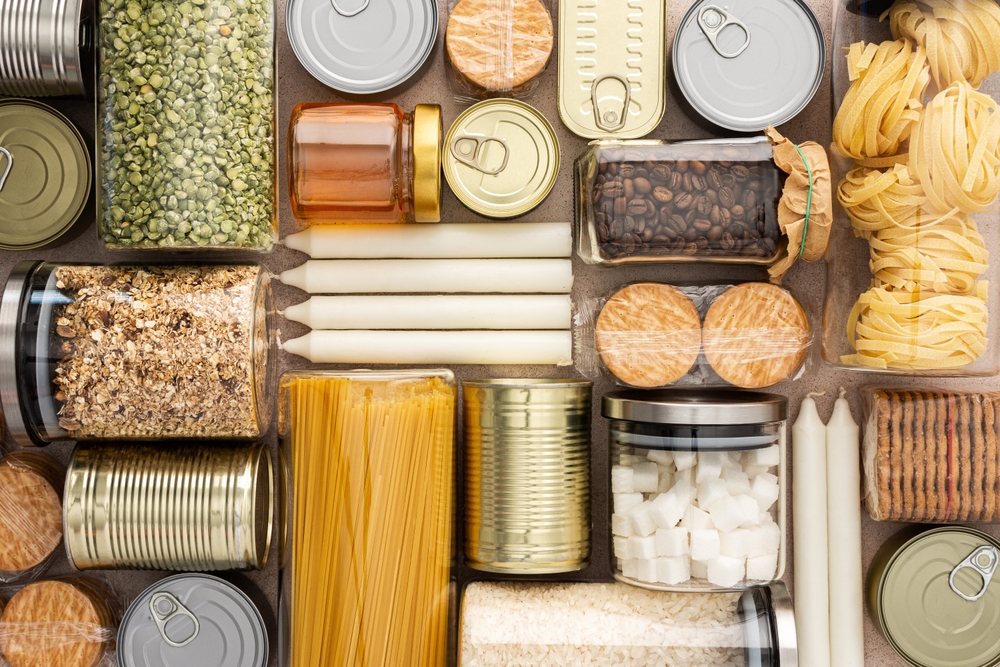Fire is a prepper’s best friend in an off-grid survival situation, but your best friend can turn into your worst enemy in a matter of seconds.
Fires were a common occurrence two hundred years ago (give or take), when most houses were built from wood and other “fire-happy” materials. Electricity was still a dream for most of the people and fire was used on a daily basis for all sorts of things, ranging from cooking and heating to illumination (candles and stuff like that).
The general idea is that if you’re surrounded day after day by open flames, (such as the situation of your off-grid home out there in the woods by the way), a fire is an accident waiting to happen. That’s why you have to consider fireproofing your emergency bug out home before anything else.
Out there in the wild, there’s no fire department to call if SHTF. Unless you’ve thought to stock them, there probably there are no fire extinguishers available. If a fire occurs, you’ll lose all your means of survival in a matter of seconds: your shelter and everything inside, including your food supply, your gear, your clothes, not to mention human lives.
And that means you’ll be in a world of hurt, right?
The answer to that is fireproofing, as fireproofing is arguably the best way to prevent a disaster from happening in the first place, especially if you’re dealing with a survival scenario, i.e. you have a small log cabin in the woods or something like that. The last thing you want is to watch it disappear in flames at the worst moment imaginable.
So, keep reading as I share a few ideas about how to keep fire away from your home.
5 Steps to Fire Safety at Home
Before getting to ideas about how to make DIY fireproofing substances, aka fire retardants, consider a few basic facts first about how to fireproof your home:
- Minimize the chances of a fire-occurrence inside your house by storing your combustible materials somewhere else where it’s safe, like not inside, doh!
- Keep all the flammable debris out of your yard, especially during the fall when leaves, twigs and branches are all over the place. You must keep your yard clean not for the sake of cleanliness, but as a survival strategy.
- If you’re using a solar powered device or a generator (anything involving electricity) inside your home, NEVER overload your power-outlet and unplug any appliance if not used.
- Be extra careful around open flames, especially candles, and watch out where you throw your cigarettes.
- Keep a fire extinguisher on hand, and learn how to use it properly.
Fireproofing Made at Home
Now, with the basics taken care of (sort of), let’s see about the fireproofing itself.
Almost any flammable material can be made fire-proof using a fire resistant solution which prevents the respective material from being ignited when exposed to an open flame/fire. Now, if you want to make any kind of fabric (curtains, things of that nature) or surfaces inside of your home fire-resistant, you can DIY a fire-retardant solution using several basic ingredients.
The main substance to be used in creating a home-made fire retardant solution is boron, which if saturated into fabric, cloth, paper and all sorts of other cellulose-based material (wood included) prevents them from burning.
The idea is to get the respective materials saturated with boron salts. The best things about fireproofing with boron is that the color of the cloth will not be affected (nor the wood for that matter) and also, boron is not poisonous.
DIY Fire Retardant Recipe
Things you’ll need: 7 ounces borax, 3 ounces boric acid, a spray bottle, safety goggles, a container, a wooden spoon, a paint brush and a measuring cup.
Step 1: Boil 2 quarts of water and pour it into a glass (mixing) bowl or any heat resistant container. Remember to wear your safety goggles at all times, nota bene.
Step 2: Add 7 ounces of borax and stir it for thirty seconds using the wooden spoon. Before you ask, borax can be found at any respectable store that is selling detergents (it’s a laundry booster). When all else fails, try the powers of the Internet! (Amazon.com would be a great point to start).
Step 3: Add 3 ounces of boric acid and stir for another thirty seconds using the same wooden spoon. Boric acid is a relatively common substance which is used in the cosmetics industry and/or insecticides, being well known for its fire proofing benefits. You can buy boric acid from Amazon.com, yes, yes.
Step 4: Allow the solution to cool down and dissolve for half an hour and there goes your DIY fire retardant folks.
Step 5: Next, you’ll have to fill the spray-bottle with the fire retardant you’ve just made and spray it generously over any type of surface, fabric or whatever you want to fire proof. If you’re applying your homemade fire retardant on fabric/clothing, dowse a small, inconspicuous section of the respective fabric and allow it to dry for 10 minutes or however long it takes.
Use a cigarette lighter upon the “treated” piece of fabric to spot test the solution. If the fabric doesn’t burst into flames, there you have it. Continue applying the fire-proof substance to the rest of your stuff. If it does start to catch fire, just go on and add an extra-layer of your home-made solution.
Step 6: If you want to fire proof wooden surfaces, use the paintbrush for coating the wood with your homemade solution and make sure the entire area is thoroughly coated. Before applying a second layer/coating (just to make sure, right?), allow your fire-retardant to dry out for at least fifteen minutes.
Remember that I told you previously that borax and boric acid are non-toxic, right? The good news is that you can use the stuff (with the recipe I’ve just provided above) for fire-proofing basically anything, like your children’s clothing, household drapes or stage curtains. The substance is harmless, easy to apply and washes out in a jiffy. That being said, you’ll need to reapply if the material is washed or gets wet.
I hope the article helped. If you have other ideas or comments, just use the dedicated section below. Good luck, have fun folks!
This article has been written by Chris Black for Survivopedia.










































































One thing worth mentioning is if you have a home or cabin that has a typical circuit breaker panel feeding power, replace all of the breakers with AFI (Arc Flash Interrupter) circuit breakers if you have the money to do so. They can sense an arc and cut the power before appliances, etc. are damaged to the point where they can cause a fire.
I had an electric fan in a shed about 8 years ago catch fire. It was there to keep gasoline fumes (from a riding motor, motorcycle, backup generator) purged during hot weather, and to cool a backup generator so it could run with the shed closed (to help keep it quiet) during power outages. Apparently, the fan motor bearing seized, causing the motor to overheat and catch fire. I lost the whole shed and everything in it.
Despite me being an industrial electrician, that was before I’d heard of AFI circuit breakers. If that fan had been fed by a circuit had been fed by an AFI breaker, that fire might not have happened.
Another suggestion is that if possible, have a home with a detached garage instead of an attached garage. That way if the garage catches fire, the house won’t burn, and vice-versa.
QUOTE- “Step 4: Allow the solution to cool down and dissolve for half an hour and there goes your DIY fire retardant folks.” – I am confused. What do you mean by “there goes your DIY fire retardant” ?
Do you mean that if the solution cools down, that it loses its fire retardant properties ?
Or do you mean that you MUST allow the solution to cool down ? Thanks.
He means, you’re using boiling water, allow it to cool and you’re done. As in it is ready after cool down.
This is a great way to protect your home or your things from an open flame. Fires can be devastating, but a DIY fireproofing solution can do wonders. Thanks for sharing.
I don’t see any questions answered after being posted for years, so there’s a great chance that mine won’t be either.
My question is, if you use this solution on the insides of your walls as a retardant, before panelling or drywall, how long does it last? I don’t want to have to pull the panelling back down to spray the whole structure again if preventable.
I’m wondering exactly how effective it is to start with. But yes, you do bring up a good point about how long it stays effective. And if used on the outside, how well will paint stick to it. And used on the outside when exposed to weather, I imagine it wouldn’t last long at all.
I have done a ton of research into your b/bx solution which is spot on. But as counterintuitive as it sounds the materials should be soaked in water especially wood before application for deeper penetration. B/bx solution is also water soluble so if your using it for wood structures or siding it will need to recoated as needed. I’m in the foothills of California…..extreme fire danger in the summer and over 50” of rain in the winter that can rinse it off.
Do you know how to mix with paint? I’d like to paint my house anyways, it needs it. I believe you can just stir this solution into the paint can but not sure of ration that would make it most effective and if that would make the retardant last longer since it’s embedded into the paint. I’m in the foothills of north county san Diego